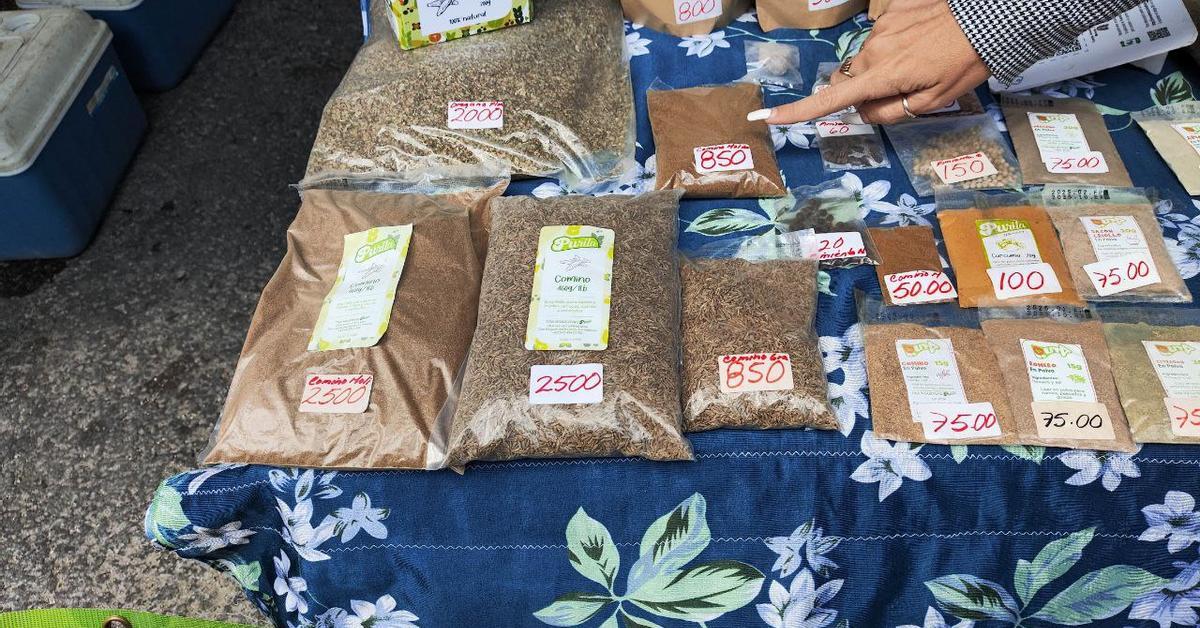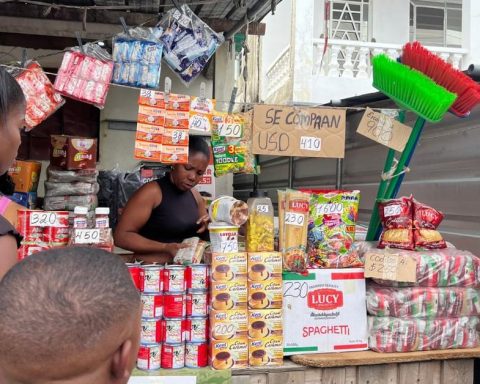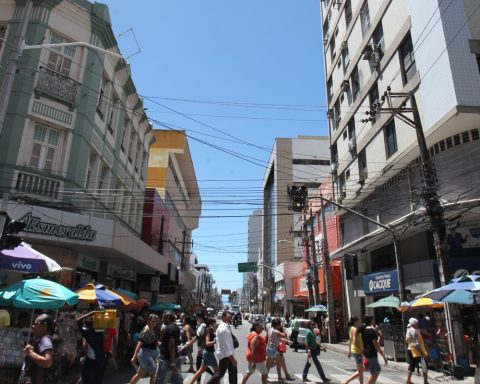Havana/It is not garlic, nor onions, much less sour oranges that give smell to Cuban kitchens. Between the pots and the stoves, the aroma that sprouts and sticks to the walls and the aprons is cumin. The tiny seed of an intense flavor cannot be missing in those dishes as traditional as helpful. The main spice that reigns at our tables is barely grown on the island and every day its price scale more in the markets.
“High high like a pine, weighs less than a cumin,” said Ariel’s mother when the child learned to decipher her first riddles. That sympathetic description of the smoke now seems premonitory about the profession he chose to become an adult. “Since I was a child, I stayed close to my grandmother when I cooked and as soon as I finished high school I got into a gastronomy technological and ended where I like it: in front of a horn.”
Ariel, 49, prides itself with a wide knowledge of Italian, Chinese, Mexican and Cuban recipes. “I like to reinterpret the Creole dishes, those with which we have grown up and spent a lifetime, make some variations and not get bored.” This has added mango sauce over the pork masses, has made countless combinations beyond the repeated cassava with mojo, and the Fufú de Banana reaches in its hands category of companion Gourmet.
With the cumin he has, however, a relationship of love and rejection. “It is a very versatile season but he likes to steal prominence, you have to use it with Mable,” he says. “Cuban cuisine abuses a lot of cumin because for quite some time, when I was a child, it was one of the few spices that were in the markets.” Ariel is right. In the 80s, when primary school was in, on the island a strong rationed market prevailed that privileged the mass over variety.
“The seasoning sold them in some courses that cost a tremendous job to open, I always helped my grandmother,” he recalls
“The seasoned sold them in some latics that cost a tremendous job to open, I always helped my grandmother,” he recalls. “What there was, in addition to cumin, was oregano, bijol to paint the rice yellow, from time to time laurel and if you were very lucky you were some paprika.” From that tasteless time this bland was born. “People learned to cook with what there was and that way of preparing food was the one they taught us.”
Most of the cumin consumed in Cuba is imported. If until a few years ago 95% of those seeds, which are also marketed in dust, arrived from Spain, with the opening of the country to tourism, the extension of dollarization, the appearance of the mules And the trips of the emigrants back to the land, the product became one of the most brought from the United States, Mexico and Panama. “He has the advantage that he weighs little and is worth a lot,” says the cook.
In the Plaza Boulevard market in the city of Sancti Spíritus, a pound of cumin, ground and imported, it costs 5,000 pesos right now. Yes, the data is not wrong. In addition, that brown dust can be easily adulterated, as the rogues knowing it in small bags of about 50 grams, very mixed with anything of similar color, and ask for about 100 pesos for each. From the sale of these tiny overflows, countless elders also live that offer their merchandise in the most central streets, the doors of the markets and the park banks throughout the country.
One day, when the products that poor people in Cuba market will have to include, together with the retail cigars and disposable shaving machines, to these aromatic seeds that have also become the smell of old age in Cuba. Those thin and slow shadows smell like a mixture of abandonment and spices, to the sweat of their clothes somewhat neglected by loneliness and the aroma of the dozens of paquetics of an earthy dust they offer in their hands deformed by arthritis.
Many of the suitcases of the ‘mules’, which come loaded to sell their products on the island also smell like cumin
Like kitchens and the elderly, many of the suitcases of the muleswho get loaded to sell their products on the island also smell like cumin. “As closed and packaged that is not to hide it,” warns one of these travelers who, like the old merchants who made the spice route, carrying their smell cloves, nutmeg, cinnamon or pepper, lives on the condiments’ business. “Money is never lost because it is something that people always need, it is a safe sale,” says the negotiator who, instead of moving to the horse or camel, furrows the air with Copa Airlines or Vivaerobus aircraft that take him to Panama or Mexico to supply.
“I have larger formats designed for restaurants and coffee shops, but also smaller ones for domestic use.” A house with access to currencies in Cuba is not only identified by the electric plant that allows you to overcome the long blackout hours or the subscription to Netflix paid by the relative in the ex -rener, but also by the spice collection, well visible in the kitchen and status symbol.
Thus, there are plateaus where labels of a cardamom appear that nobody in the house knows why it is used, colorful containers with a variety of peppers that the family does not even dare to play, cowards before the spicy like most of the Cubans, and spiky bay leaves that only the grandmother remembers that they are thrown into the black beans. “Good condiments save you a meal but do not magic,” says Ariel, aware that the mincer of the Mexican company Richmeat or the cheap sausages that are the main livelihood of many Cubans “or with the most expensive products know well.”
When spices speaks, Ariel’s face lights up. The thin strands of good saffron, known as the “Red Gold”, the Vanilla Bourbon pods of Madagascar and the odorous green cardamom of India have passed through their hands. “I really enjoy that part of my work but it has also brought me many problems trying to defend the use of other spices.” Ariel has spent most of his professional life working in restaurants in which a very limited range of condiments is used: garlic, onion and cumin.
“Most people do not realize but the cumin is used to mask the flavors, if you have a chicken that has been frozen and not fresh at all: cumin with it; if the beans were left to you and the grain is tasteless: cumin with them; if the yellow rice almost does not have meat: cumin to smell since you fold the corner; if the tomato sauce is a little bitter. Comino “, lists.
Under the aroma of the omnipresent season they hide many times bad gastronomic practices
Under the aroma of the omnipresent season, they hide many times bad gastronomic practices: little fresh foods, in poor condition or poorly prepared. The worst practices he has met in his time as a chef “packed the sauce that carry the pizzas, pasta and lasagers.” Ariel has risen from restaurants where they have served “some cannelloni that smell of black beans of the amount of cumin they put.”
So this professional and cauldrons professional calls for caution. “It is a very functional seasoning but we must not exaggerate, it is also good to enjoy the most natural flavor of good red beans without too cumin,” he says. “In these times that we have more spices, I recommend experimenting, using, for example, the curri that can now be bought in Cuba, fresh or powdered ginger, nutmeg that saves you some croquettes and proven herbs that are wonderful.”
His advice are like the noise of the pot that springs from the kitchens, a rattling that quickly forgets when dinner is ready. The excesses of cumin will continue to expand their aroma through the Cuban houses and bodies because there are many smells to mask and too many absences that drown with spices.
















